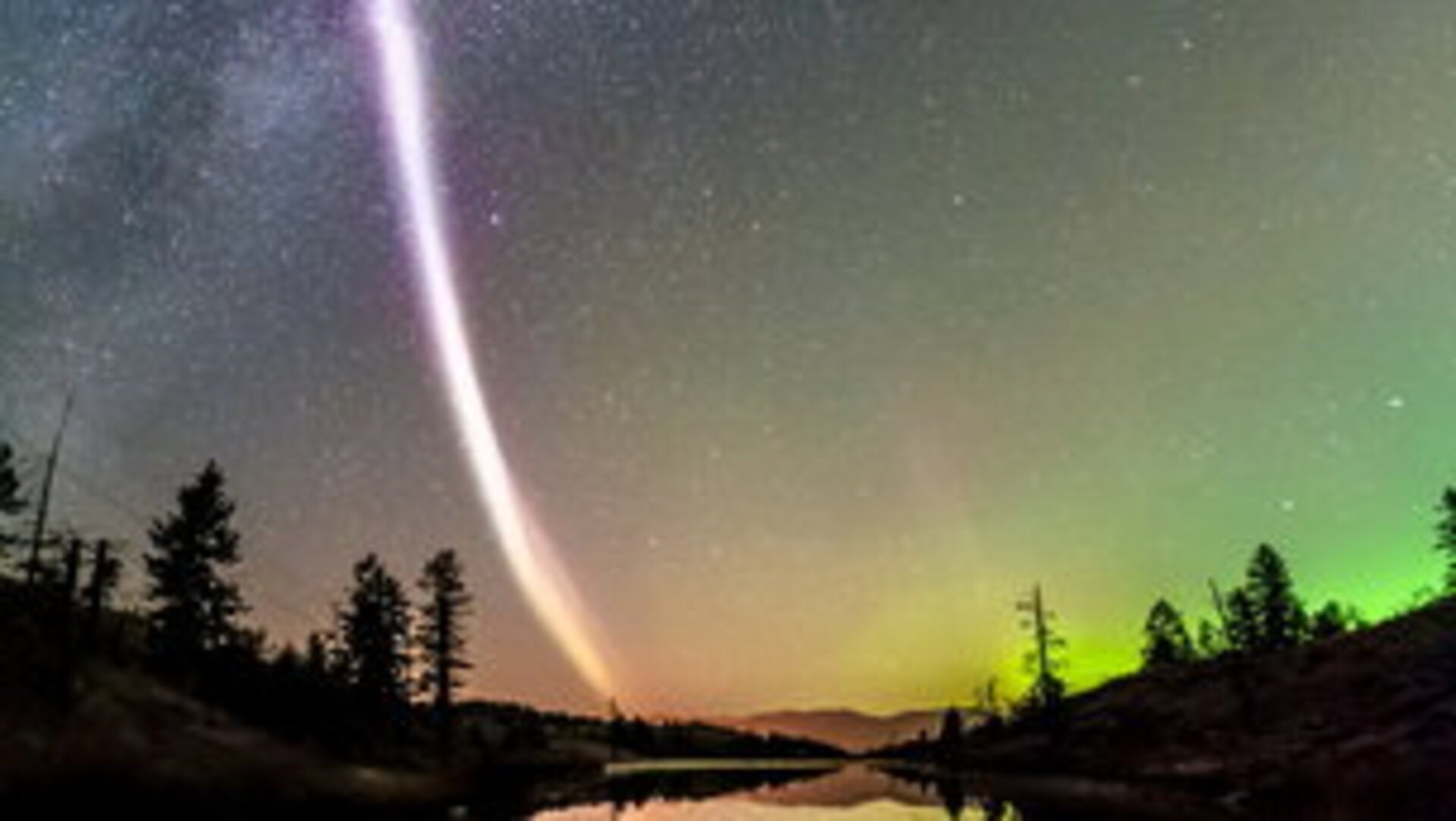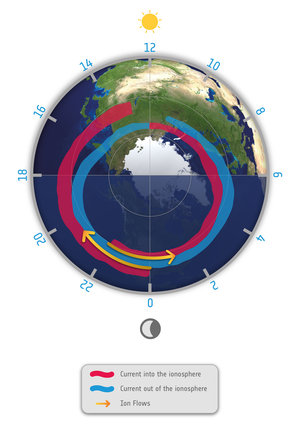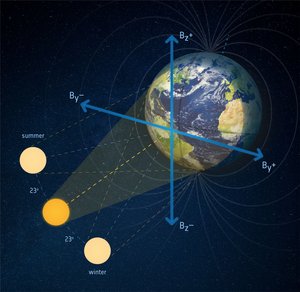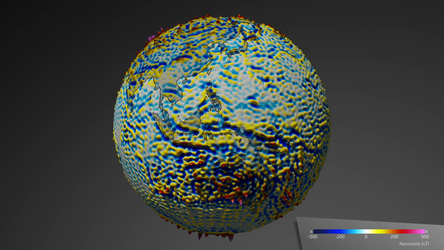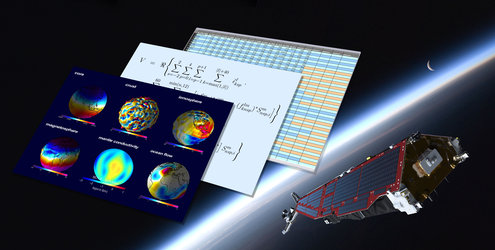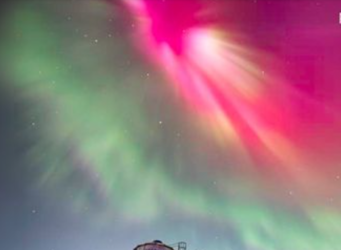When Swarm met Steve
Thanks to social media and the power of citizen scientists chasing the northern lights, a new feature was discovered recently. Nobody knew what this strange ribbon of purple light was, so … it was called Steve.
ESA’s Swarm magnetic field mission has now also met Steve and is helping to understand the nature of this new-found feature.
Speaking at the recent Swarm science meeting in Canada, Eric Donovan from the University of Calgary explained how this new finding couldn’t have happened 20 years ago when he started to study the aurora.
While the shimmering, eerie, light display of auroras might be beautiful and captivating, they are also a visual reminder that Earth is connected electrically to the Sun. A better understanding of the aurora helps to understand more about the relationship between Earth’s magnetic field and the charged atomic particles streaming from the Sun as the solar wind.
“In 1997 we had just one all-sky imager in North America to observe the aurora borealis from the ground,” said Prof. Donovan.

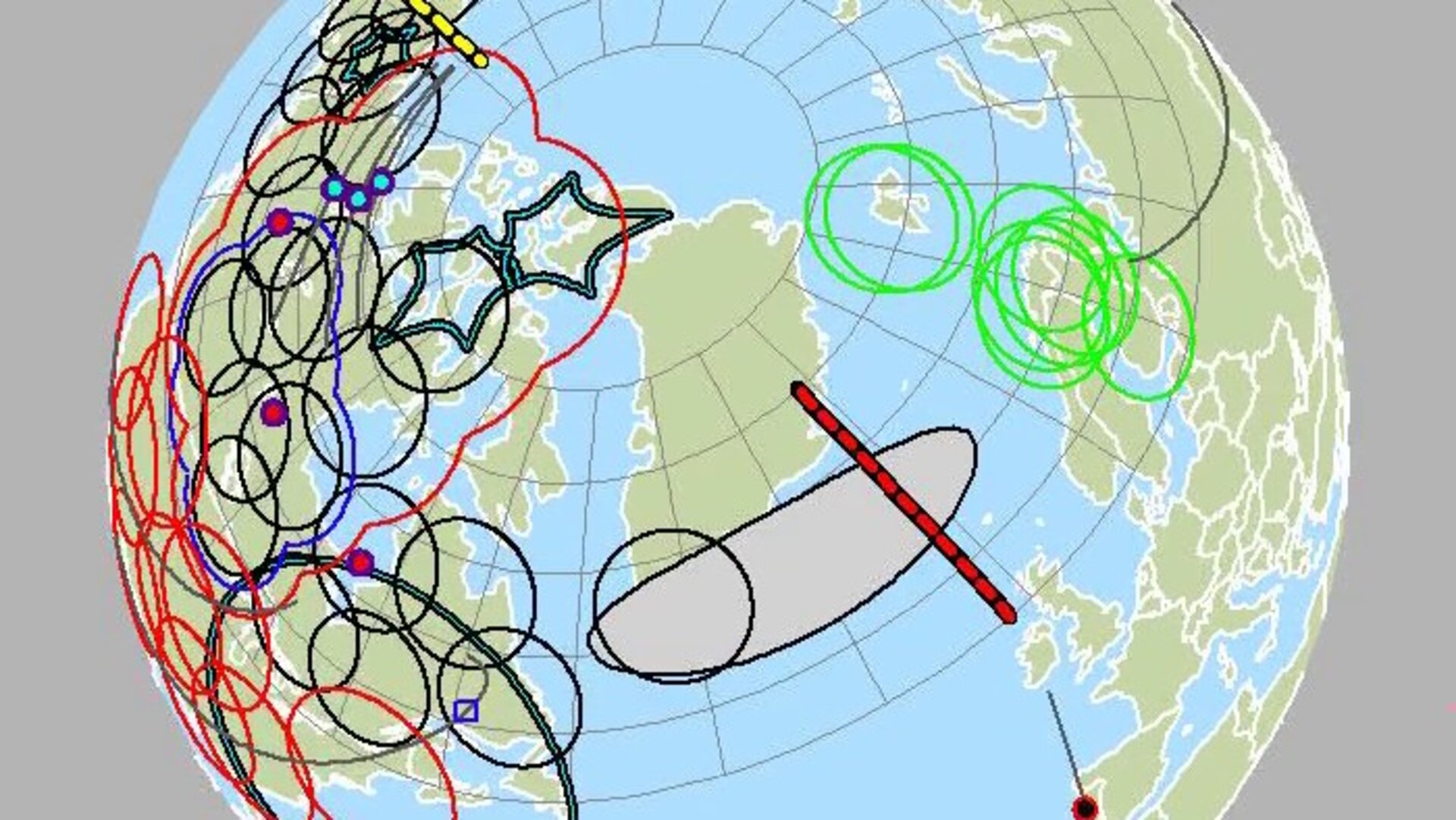
Access the video
“Back then we would be lucky if we got one photograph a night of the aurora taken from the ground that coincides with an observation from a satellite. Now we have many more all-sky imagers and satellite missions like Swarm so we get more than 100 a night.”
And now, social media and citizen scientists also have an increasingly important role.
For instance, the Aurorasaurus website makes it possible for a large number of people to communicate about the aurora borealis. It connects citizen scientists to scientists and trawls Twitter feeds for instances of the word ‘aurora’. In doing so, it does an excellent job of forecasting where the aurora oval will be.
At a recent talk, Prof. Donovan met members of another social media group on Facebook: the Alberta Aurora Chasers. The group attracts members of the general public who are interested in the night sky and includes some talented photographers.
Looking at their photographs, Prof. Donovan came across something he hadn’t seen before. The group called this strange purple streak of light in the night sky captured in their photographs a ‘proton arc’ but for a number of reasons, including the fact that proton aurora are never visible, he knew this had to be something else.
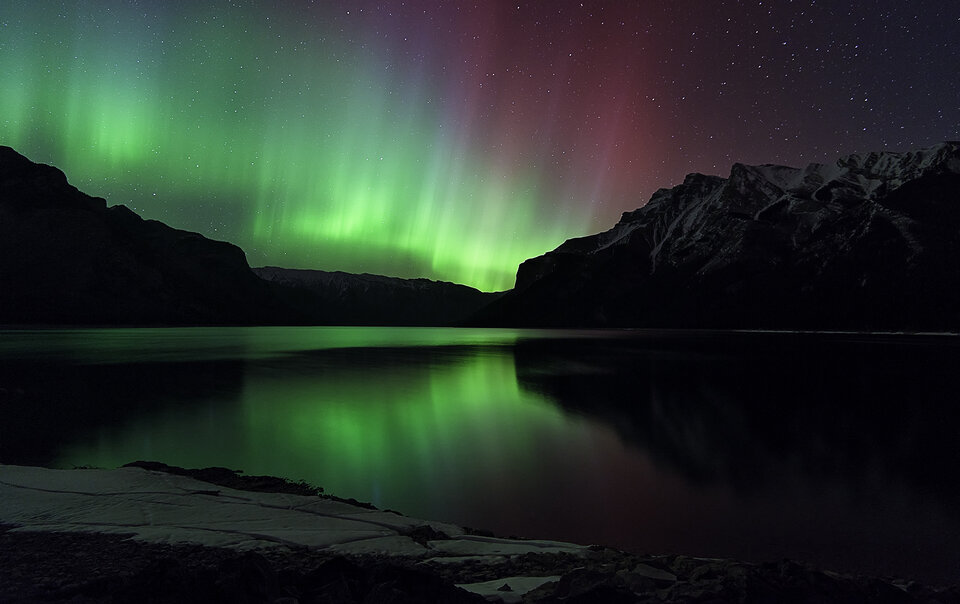
However, nobody knew what it actually was so they decided to put a name to this mystery feature: they called it Steve.
While the Aurora Chasers combed through their photos and kept an eye out for the next appearances of Steve, Prof. Donovan and colleagues turned to data from the Swarm mission and his network of all-sky cameras.
Soon he was able to match a ground sighting of Steve to an overpass of one of the three Swarm satellites.
Prof. Donovan said, “As the satellite flew straight though Steve, data from the electric field instrument showed very clear changes.
“The temperature 300 km above Earth’s surface jumped by 3000°C and the data revealed a 25 km-wide ribbon of gas flowing westwards at about 6 km/s compared to a speed of about 10 m/s either side of the ribbon.
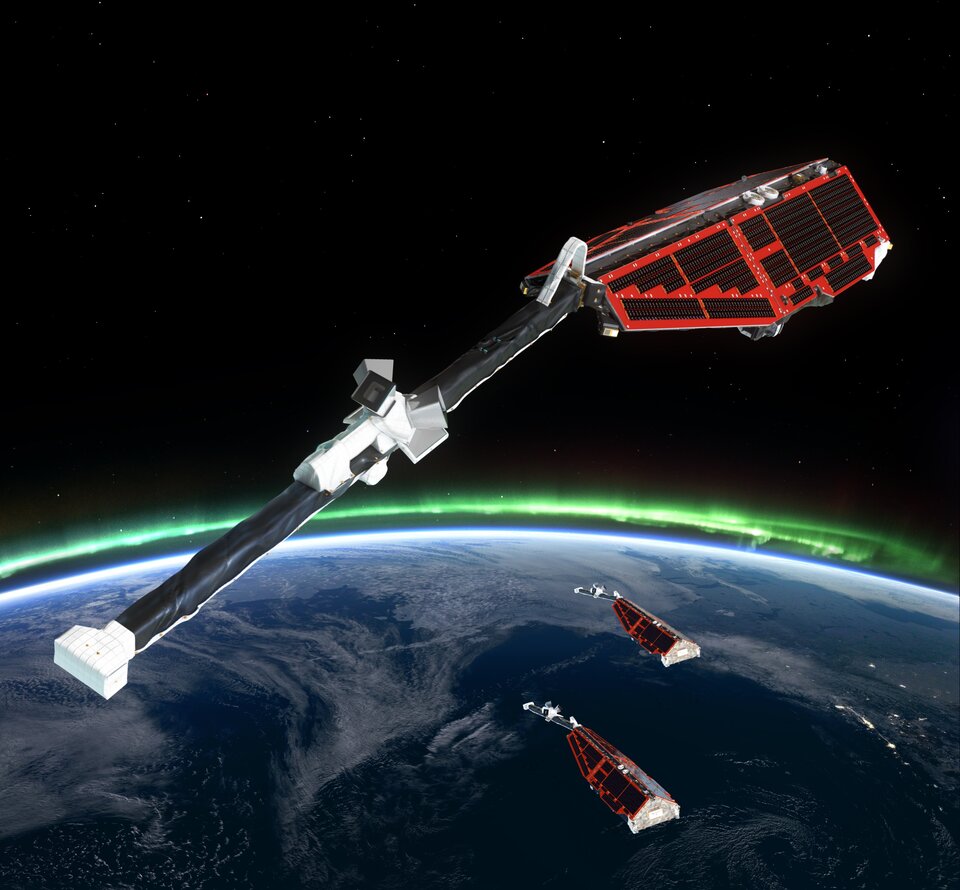
“It turns out that Steve is actually remarkably common, but we hadn’t noticed it before. It’s thanks to ground-based observations, satellites, today’s explosion of access to data and an army of citizen scientists joining forces to document it.
“Swarm allows us to measure it and I’m sure will continue to help resolve some unanswered questions.”
ESA’s Swarm mission scientist, Roger Haagmans, added, “It is amazing how a beautiful natural phenomenon, seen by observant citizens, can trigger scientists’ curiosity.
“The ground network and the electric and magnetic field measurements made by Swarm are great tools that can be used to better understand Steve. This is a nice example of society for science.”














 Germany
Germany
 Austria
Austria
 Belgium
Belgium
 Denmark
Denmark
 Spain
Spain
 Estonia
Estonia
 Finland
Finland
 France
France
 Greece
Greece
 Hungary
Hungary
 Ireland
Ireland
 Italy
Italy
 Luxembourg
Luxembourg
 Norway
Norway
 The Netherlands
The Netherlands
 Poland
Poland
 Portugal
Portugal
 Czechia
Czechia
 Romania
Romania
 United Kingdom
United Kingdom
 Slovenia
Slovenia
 Sweden
Sweden
 Switzerland
Switzerland


























